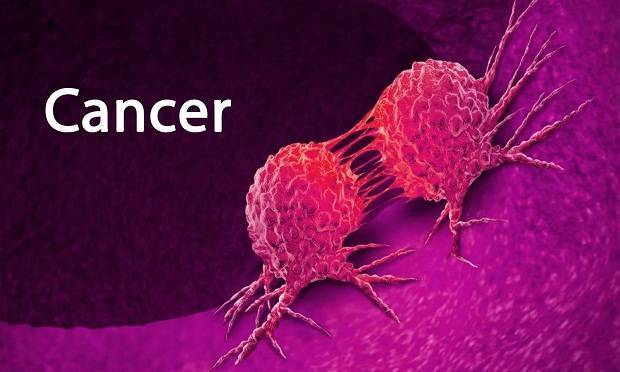Cancer has many different forms, each with distinct devastating effects on the body. Genetically, many of these cancers share similarities. A new study has revealed that targeting a specific gene may prevent one-third of cancers from developing.
Researchers in Chicago have identified the GLI1 gene in their new study, which plays a crucial role in aiding the spread of cancer throughout the body. A team from the Stanley Manne Children's Research Institute at Ann & Robert H. Lurie Children’s Hospital found that turning off the GLI1 gene could prevent cancer cells from proliferating uncontrollably, one of the main characteristics of cancer growth. Co-author of the study, Dr. Philip Lanasoon, stated, "From previous research, we know that the GLI1 gene drives cancer cell proliferation, and this gene also stimulates its own expression. We found that in living human embryonic stem cells, we can remove the regulatory region of the GLI1 gene, eliminating its genetic expression and stopping its function. These results are promising and may point to a therapeutic target for cancer."
Dr. Lanasoon and his team used the CRISPR gene-editing technique to remove the binding region from the GLI1 genes in the DNA of human embryonic stem cells. Without this specific region, the study found that GLI1 genes remain dormant and inactive, opposing the gene's natural ability to drive the growth of blood, bone, and nerve cells toward various cancerous transformations.
It is also noteworthy that the study's authors observed that the benefit of the GLI1 gene ends after birth, when the embryo finishes converting stem cells into different components of the body. Reactivation after this point can lead to abnormal cell division and tumor growth that destroys healthy tissue. Researchers also mentioned that the GLI1 gene is linked to approximately one in three human cancers. Besides promoting cell replication, active GLI1 genes can also increase the migration of cancer cells and make the disease more resistant to chemotherapy.




